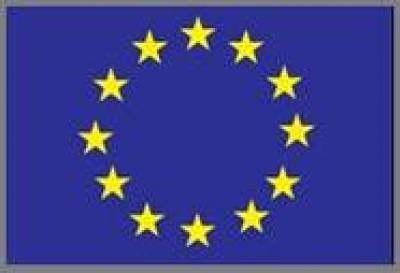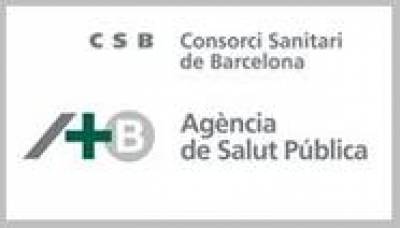The INEQ-CITIES Atlas provides maps that show health inequalities within cities for all-cause mortality and leading causes of death, according to the International Classification of Diseases, editions 9 - 10.
The Atlas provides two maps and one histogram to describe
the smoothed Standardised Mortality Ratio (sSMR), for all-cause mortality,
separately for men and women. The techniques used to display and interpret
these figures are provided below. For leading causes of death, the Atlas does not provide the histogram of the density function of sSMR.
Geographical Representation
Smoothed Standardised Mortality Ratio (sSMR)
Maps of the sSMR for each city are displayed using septiles with a divergent colour scheme to show the gradation of inequalities in mortality between small areas of each city. Green shades represent areas with mortality deficit, while those with excess mortality are represented with brown shades. Areas with a zero population are shaded in stripes.
Density Function of sSMR
In order to observe
the shape of the sSMR distribution, the density function is presented.
The colours of the histogram correspond to the colour scheme used in the
maps showing the sSMR. The density function provides the viewer with
the range of the sSMR values in detail, which is not depicted in the
Smoothed Standardised Mortality Rate (sSMR) maps.
Probability that the sSMR is Higher than 100
These maps show the statistical significance of the excess risk of mortality for small areas, as displayed in the sSMR maps. The probability of excess risk of mortality is defined as a sSMR higher than 100. The probability of each area is shown on the maps through the following categorisation: 0.1, 0.2, 0.8, and 0.9. Areas shaded in green tones represent those with a low probability of exceeding 100 (marking a deficit of risk), while those shaded in red tones represent areas with a high probability of exceeding 100 (marking an excess of risk). Areas with an intermediate probability of exceeding 100 are shaded in yellow tones, while those with a zero population are shaded in stripes.
 Close
Close





